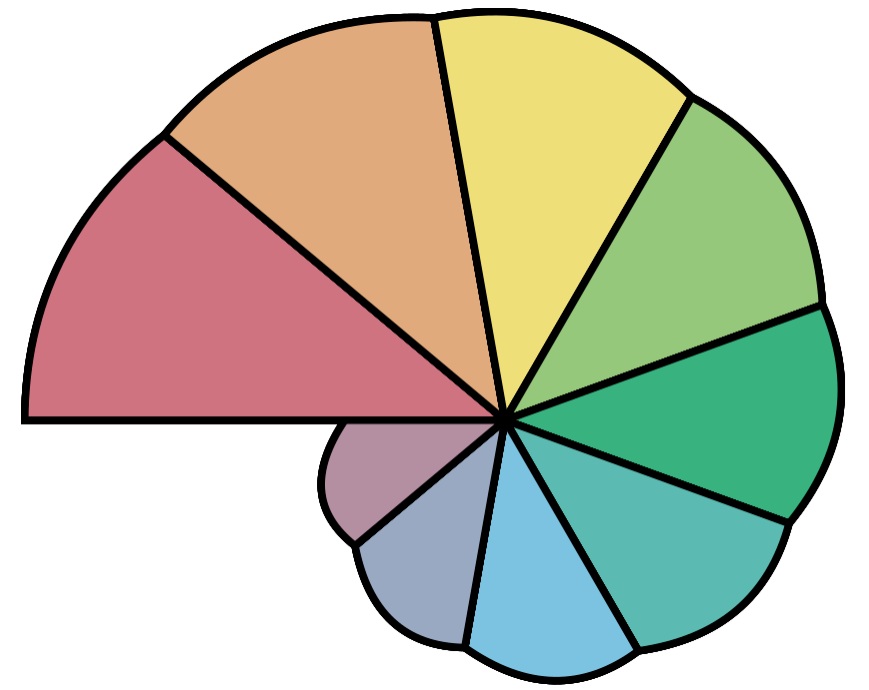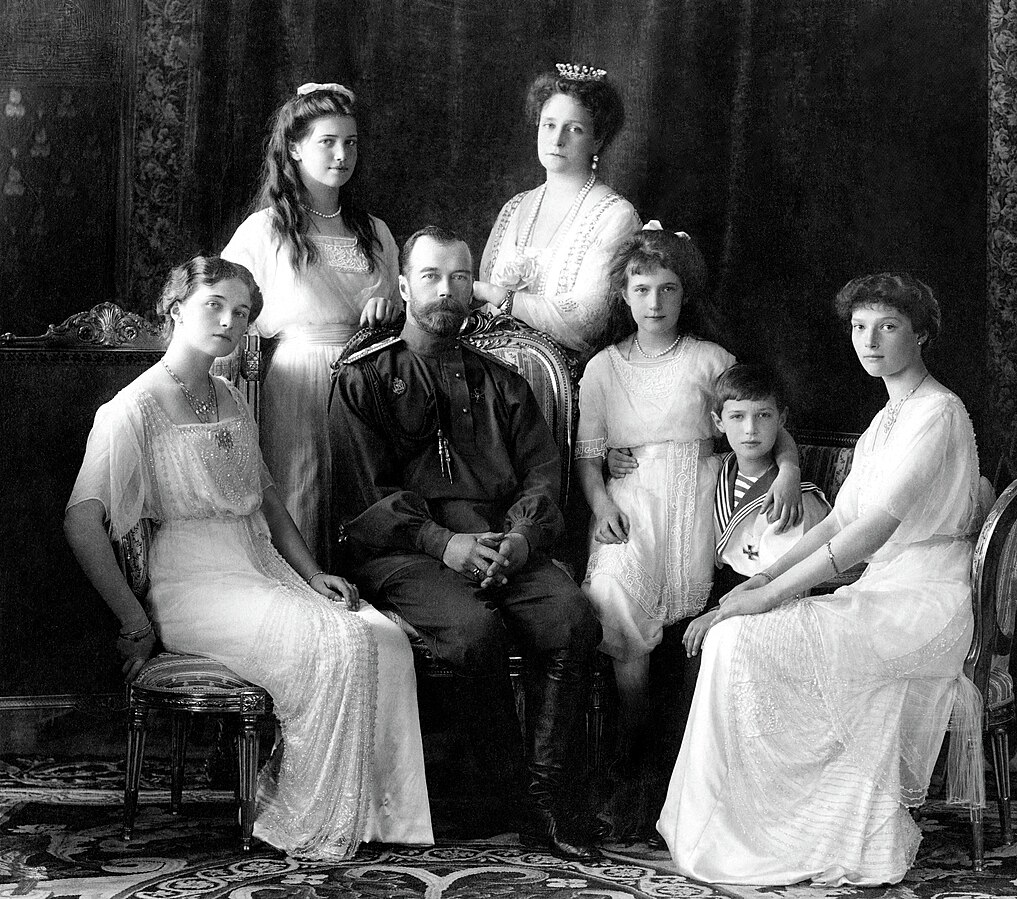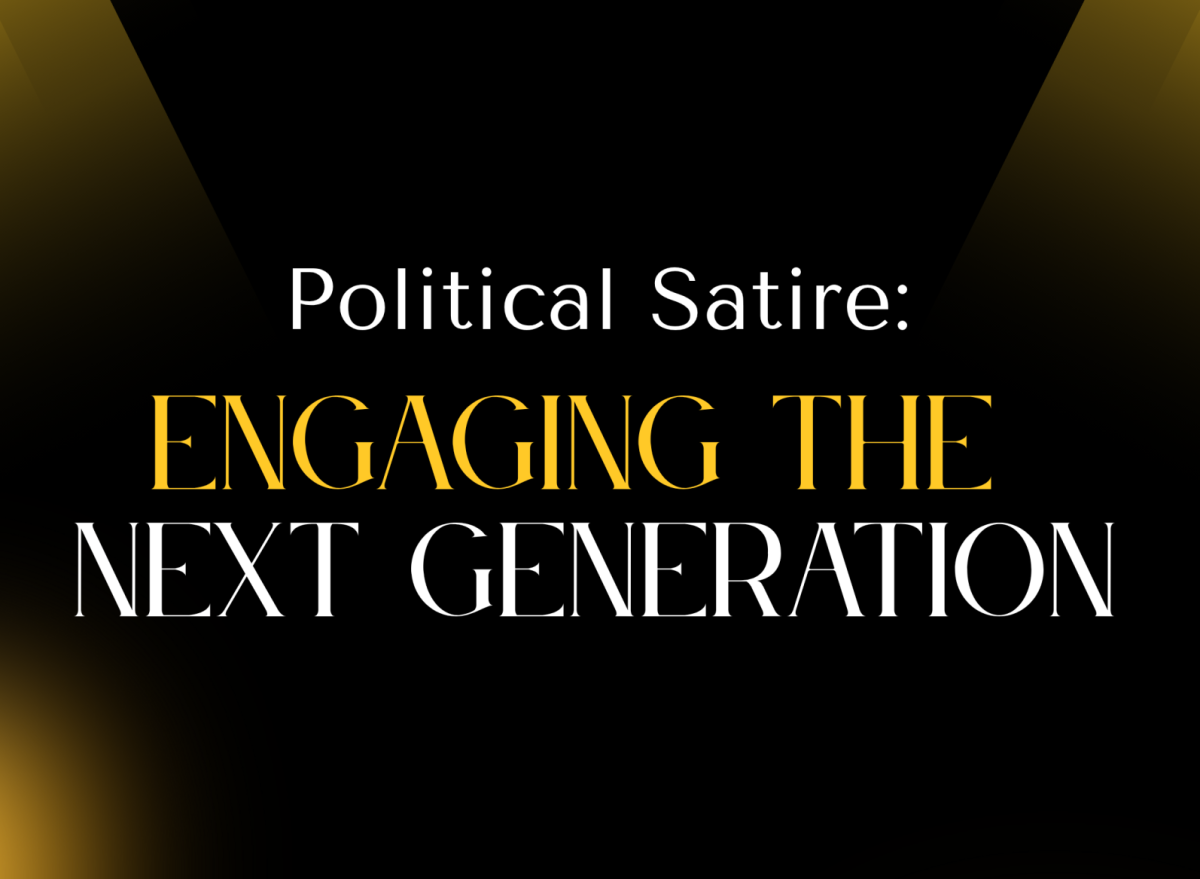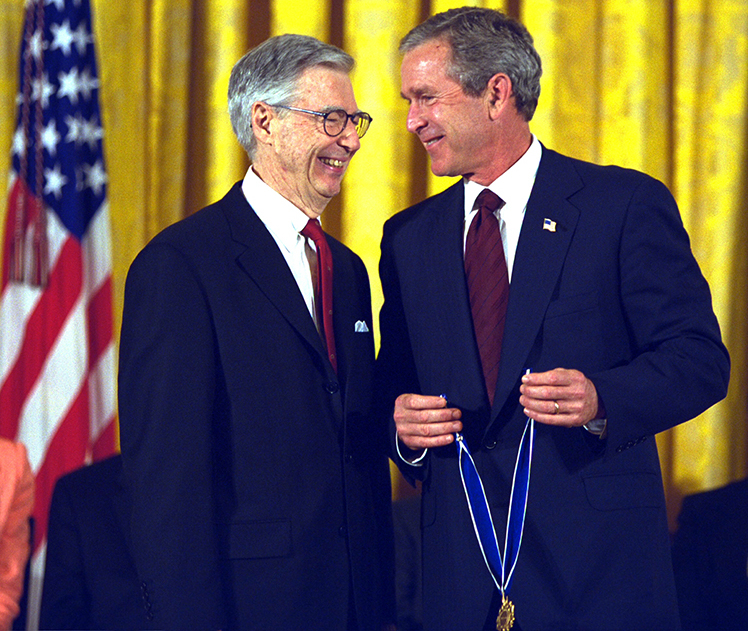Critical race theory is an academic concept focused around the idea that racism in the United States is highly systemic, and not just issued by individuals. This theory strongly teaches that racial injustice is embedded into legal systems, particularly in the U.S. legal system, and negatively affects the quality of life for people of color in countless aspects of society. The theory holds a strong stance that race is a social construction upheld by the government and various legal systems.
The theory has been a hot debate topic on whether it should be introduced and taught in the American school system, and the controversy has exploded in the public arena the past few years—especially in K-12, where numerous state legislatures are debating bills seeking to ban its use in the classroom (Education Week, 2024). The debate centers on new ideas about how U.S. students should learn American or cultural history. There is controversy around the potential use of critical race theory, with its hyper focus on systemic racism, and its effect in our schools.
The origins of critical race theory (CRT)
CRT was developed as an approach to studying U.S. policies and institutions that was most often taught in law schools. Its foundations date back to the 1970s when Harvard Law School’s professor Derrick Bell, along with other law professors, started exploring race and racism, and how they shaped American society (The New Yorker, 2021). It was later further developed by activists and legal scholars as an effort to understand why the U.S. Civil Rights Movement had lost momentum and was in danger of being reversed.
“Critical race theory is an effort to move beyond the focus on finding fault by racist motives, racist bias, racial injustice and hatred to individuals, and looking at the ways in which racial inequality is woven into the structures in ways of which we are very unaware,” stated Kendall Thomas, co-editor of Critical Race Theory: The Key Writings That Formed the Movement (1995). “This way of thinking compels us to confront critically the most explosive issue in American civilization: the historical centrality and complicity of law in upholding white supremacy.”
Use of CRT in the U.S. educational system has become a political issue.
Anti-racism and slavery are trending topics associated with school curriculum surrounding critical race theory. The main foundations of these lessons are anti-racism efforts, specifically related to education around systemic racism, along with education concerning slavery and history. The New York Times’s 1619 Project was created as a part of the critical race theory education system, addressing the shaping of our country and slavery’s role in developing the nation.
Supporters of the education plan often argue that critical race theory is tied to promoting the idea of equity, rather than equality, for all racial groups. A frequent example is that of two small children, one of a shorter height and one much taller, peering over a fence watching a baseball game. An example of equality would be to give both children the same size box to stand on, in order to be able to watch the game. Equity, on the other hand, would be to give both children a box, but give the shorter child a taller box. Providing more resources for those who have been “historically marginalized and oppressed.”
CRT is not without its detractors, however. Large numbers of members in the Republican Party seem to be strongly against the values of CRT influencing public education. Over a dozen Republican-led legislatures have proposed legislation to ban critical race theory and other education plans on similar topics (Politico 2022).
“Public funds should never be used to promote hate and racism,” says Idaho Republican state Rep. Ron Nate, who co-sponsored a successful bill in the state’s legislature to ban CRT, After the Idaho governor signed the bill into law in 2021, Nate told a local news station that “CRT, rooted in Marxist thought, is a pernicious way of viewing the world. It demands that everything in society be viewed through the lens of racism, sexism, and power. CRT tries to make kids feel bad because of the color of their skin, or their sex, or any other category — one group is seen as an aggrieved minority and another group is the oppressive majority” (ABC4 Boise, 2021).
This debate over the theory comes from the question of whether it is right to expose the youth to the heavy topics of our country’s history. Lawmakers who support banning CRT are advocating for a balanced and “patriotic” education (Legal Defense Fund, 2024). While those who refute this claim argue that providing all perspectives on difficult topics, such as critical race theory, is beneficial for American students.
This will surely remain a topic of heated political debate in the future.













